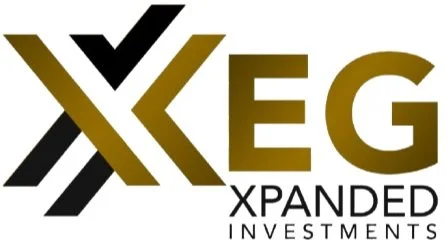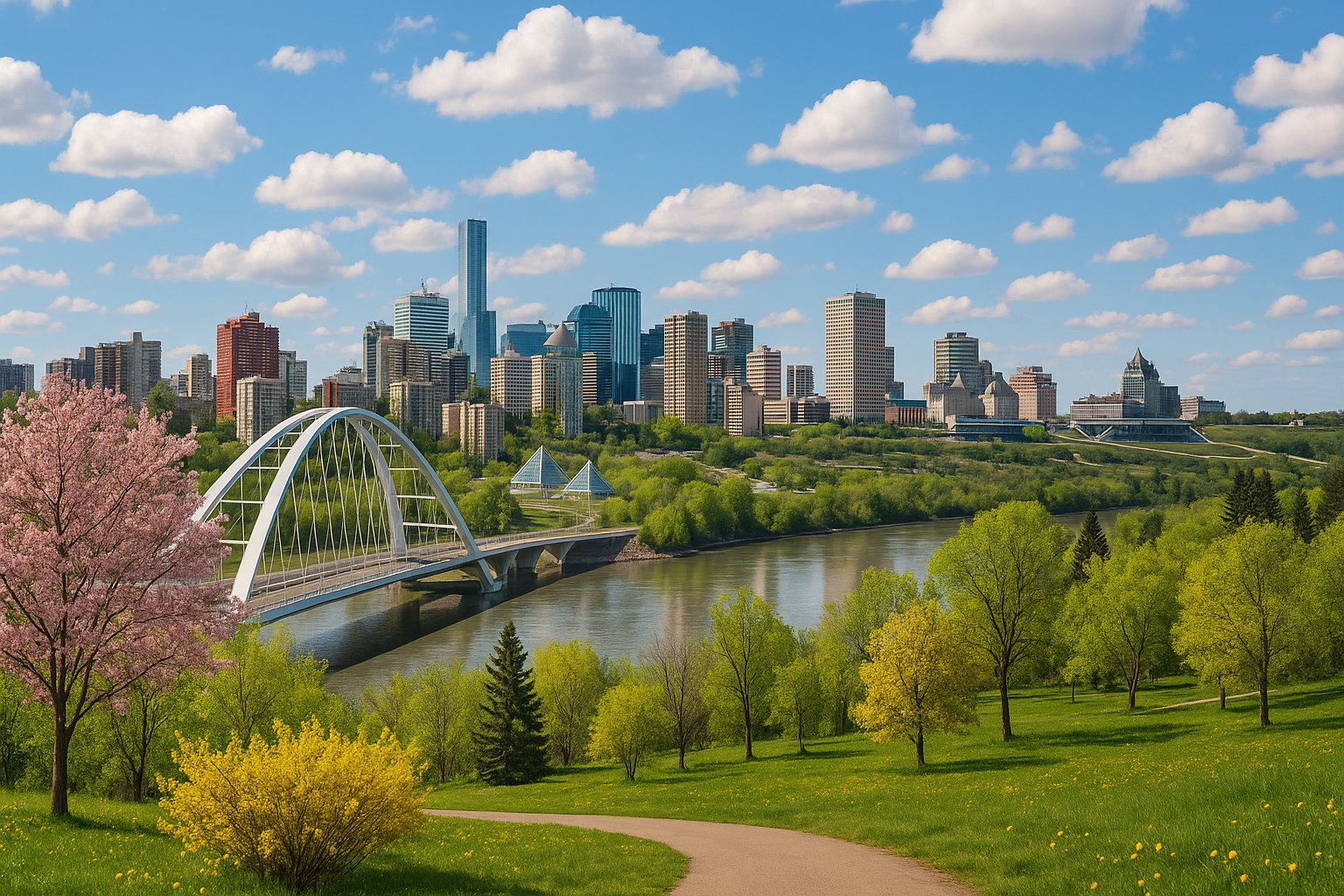Property Investment in Edmonton
Top Property Investments in Edmonton, Canada – Part 1
Real Estate Market Overview & Best Neighborhoods to Invest In
Written by a Property Investment Specialist
As a property investor with years of experience in Edmonton's market, I’ve learned that this city offers far more than what’s on the surface. Edmonton is a city of quiet strength. It's resilient, growing steadily, and continues to offer real estate opportunities that many larger markets can't match — especially when it comes to value, rental demand, and long-term appreciation.
If you're looking to invest in real estate in Edmonton, it's crucial to understand where the market stands today and which neighborhoods are delivering consistent returns.
Why Edmonton?
Edmonton combines affordability, population growth, infrastructure development, and a strong rental market. While other cities like Vancouver and Toronto have priced out many new investors, Edmonton continues to provide a low barrier to entry without sacrificing upside potential.
You’ll also find that the Alberta government’s no provincial sales tax, landlord-friendly legislation, and diverse economy (bolstered by tech, energy, and education sectors) make it an attractive place for long-term investment.
Let’s break down where the real opportunity lies today.
1. Top Neighborhoods for Property Investment in Edmonton
1.1. Westmount
Westmount is one of Edmonton’s historic gems. It’s close to downtown and boasts a mix of classic character homes and new infill properties. Investors are eyeing Westmount for its increasing property values and gentrification. Young professionals and small families love the area, making it perfect for rentals and resale potential.
Ideal for: Long-term rentals, infill development, duplex conversions
Average home price: ~$450,000 (as of early 2025)
Key feature: Walkability, proximity to downtown, and growing cafe culture
1.2. Ritchie
Ritchie has transformed rapidly over the past decade. Its mix of vintage and modern, paired with the growing scene around Ritchie Market, attracts both renters and buyers. Investors are seeing strong ROI from duplexes, legal suites, and short-term rentals here.
Ideal for: Buy-and-hold, short-term rentals (Airbnb), secondary suite investments
Average home price: ~$500,000
Key feature: Vibrant community, close to Whyte Ave and Mill Creek Ravine
1.3. Highlands
Highlands is another neighborhood that balances charm and potential. Known for tree-lined streets and river valley views, it’s quietly becoming a haven for buyers looking for quality homes near nature.
Ideal for: Fix-and-flip, character home restorations
Average home price: ~$420,000
Key feature: Scenic appeal, older homes with strong bones and room for value-adding renovations
1.4. Glenora
Glenora is not cheap, but it’s one of Edmonton’s premier upscale communities. For investors with capital to deploy, Glenora offers properties that hold their value and attract affluent tenants or buyers.
Ideal for: Executive rentals, luxury flips
Average home price: $700,000–$900,000
Key feature: Proximity to the river valley, Royal Alberta Museum, and downtown
1.5. Griesbach
A newer, master-planned community, Griesbach is one of the best examples of revitalized land use (it used to be a military base). It’s growing quickly and appeals to families and young professionals.
Ideal for: Turnkey rentals, new construction homes, townhomes
Average home price: ~$430,000
Key feature: Modern design, planned parks and schools, easy access to shopping
2. Condo vs. Single Family vs. Multi-Family – What’s Working Right Now?
In 2025, demand remains strong for single-family homes with legal basement suites. These dual-income properties generate great cash flow, particularly in suburban communities where families want space but affordability is still a factor.
Condos, on the other hand, have softened in the resale market but can still perform well for short-term rentals or young professional tenants if bought below market value.
Multi-family (like fourplexes or small apartment buildings) are excellent for scaling but come with higher upfront capital and more management complexity. Investors looking to go this route are focusing on neighborhoods like Alberta Avenue, Queen Mary Park, and Parkdale, where prices are lower and value-adding potential is higher.
3. Current Market Trends in Edmonton (2025)
Inventory is tightening: After a few years of relative softness, housing supply is starting to dwindle, which is pushing prices upward — particularly in mid-range single-family homes.
Rising rent rates: Edmonton has seen steady rental increases over the past two years. Landlords can now expect higher cash flow and reduced vacancy rates.
High interest rates? No problem for Edmonton: While rising interest rates have stalled investment in some cities, Edmonton's affordability means buyers are still active, especially those seeking cash-flow-positive properties.
Increased infill development: Investors are replacing older homes with modern duplexes or triplexes, particularly in central areas like Inglewood and Prince Charles.
Final Thoughts for Part 1
If you’re entering the Edmonton real estate market in 2025, focus on value, potential cash flow, and long-term livability. Edmonton rewards patient investors who understand local neighborhoods, who can spot underpriced properties with renovation potential, and who have a solid strategy in place.
In Part 2, we’ll dig into the Property Management side — where hands-on landlords and smart investors can optimize operations, reduce vacancies, and maximize returns.

